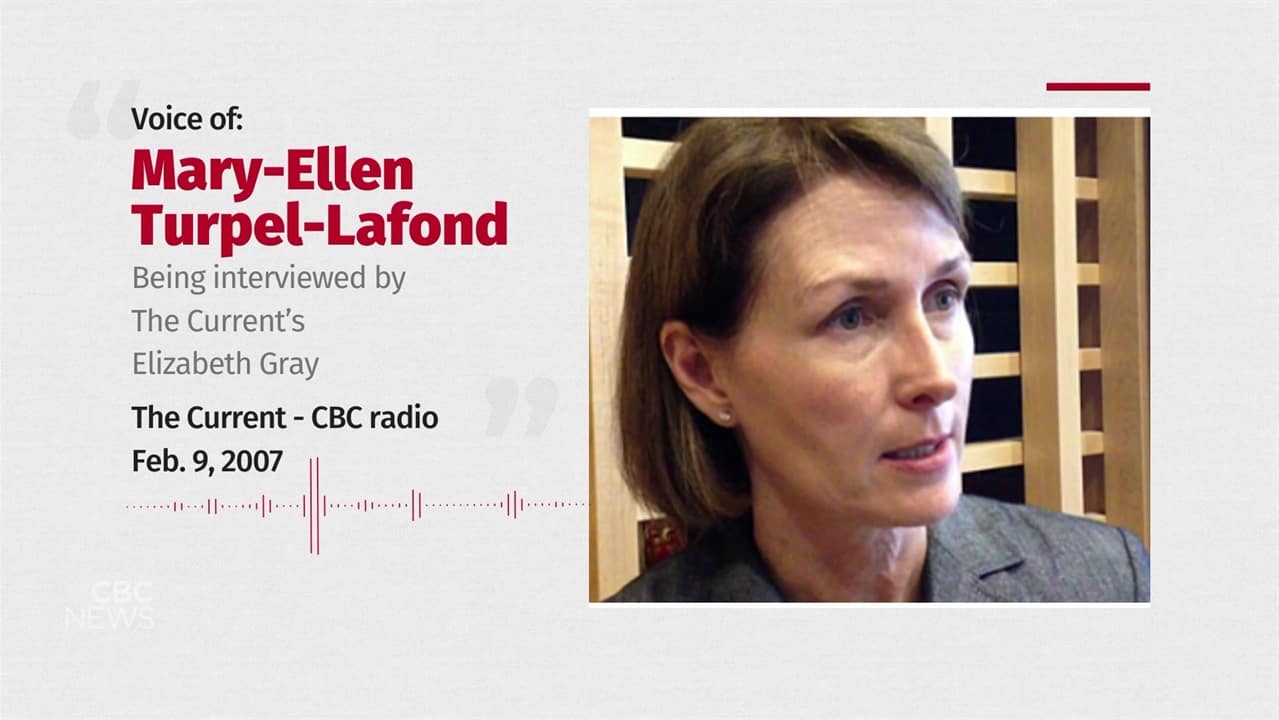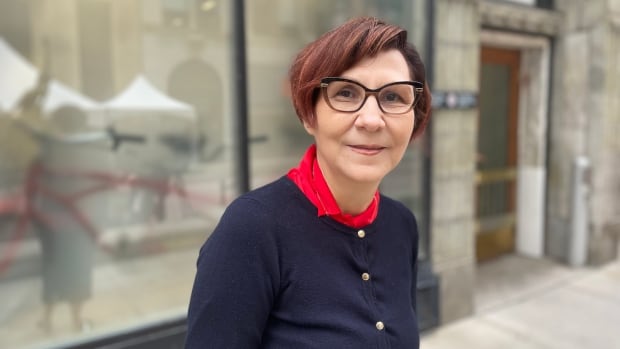
Cindy Blackstock, an internationally recognized First Nations scholar and child welfare expert, says the birth certificate of William Turpel, Mary Ellen Turpel-Lafond’s father, was the final straw.
Earlier this week, CBC revealed that an official government birth certificate showed William Turpel was the natural-born child of British parents, not an adopted Cree boy of undetermined parentage from Norway House, Man., as Turpel-Lafond has claimed.
“Seeing that birth certificate to me was pretty clear and convincing evidence suggesting that in this case there is no Indigenous identity per se,” said Blackstock, a professor of social work at McGill University, executive director of the First Nations Child and Family Caring Society, and one of the most prominent Indigenous scholars to comment on Turpel-Lafond’s identity.
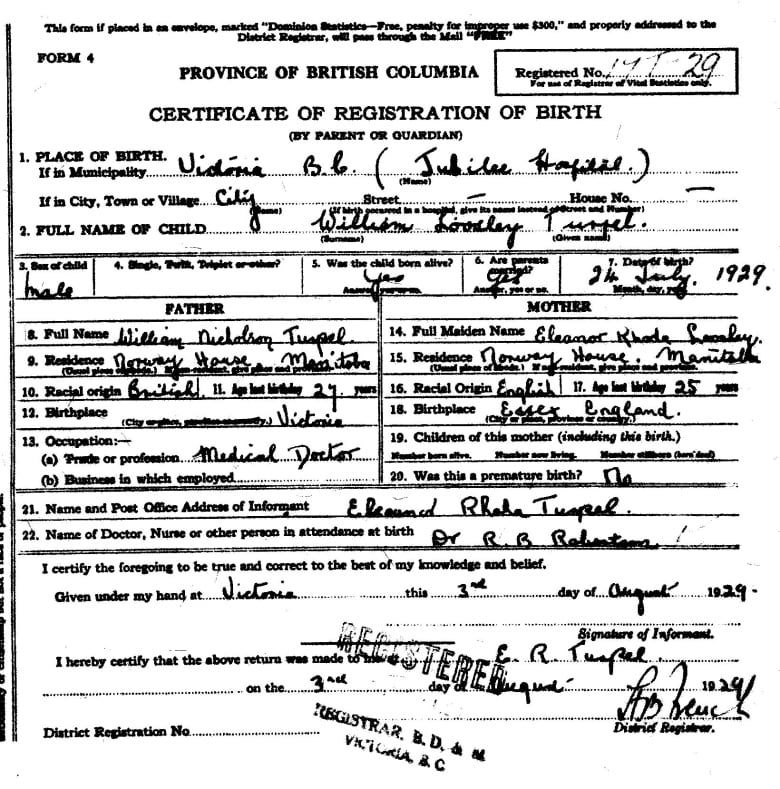
For decades, Turpel-Lafond, a prominent scholar and former judge, has claimed to be Cree because her father William Turpel was Cree. She claims her non-Indigenous grandparents, Dr. William Nicholson Turpel and Eleanor Rhoda Turpel, adopted her father from a Cree family in Norway House. She has provided no evidence of this and says the adoption was “informal.”
However, last month CBC published an investigation that provided evidence that raised doubts about that claim. For example, CBC found a newspaper birth announcement and a baptismal record that both said William Turpel was born to Dr. and Mrs. Turpel in 1929 in a Victoria, B.C., hospital.
Blackstock, a member of the Gitxsan First Nation, said she found that information concerning, but that she reserved judgment out of caution until she saw the official birth certificate.
“There’s nothing there to suggest that this was a custom adoption of a Cree child,” said Blackstock, regarding Turpel-Lafond’s claim that her dad was adopted. “This was the birth of a non-Indigenous child and that is sacred and that should be respected, but that doesn’t line up with the claims of identity that Mary Ellen was making.”
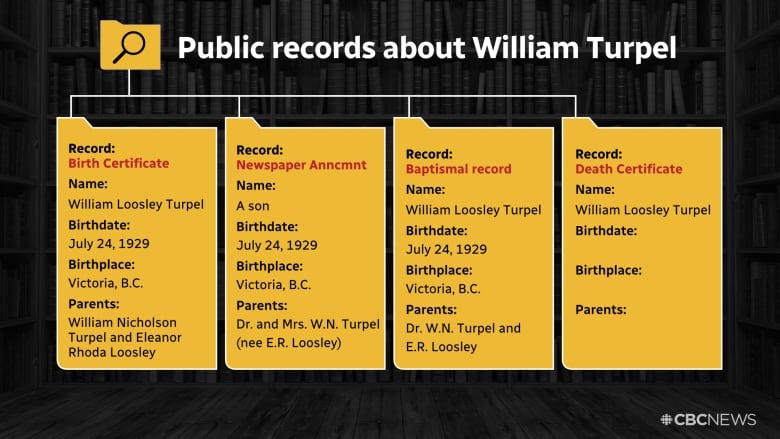
Community membership ‘doesn’t make you Indigenous’
Blackstock noted that Turpel-Lafond’s public defenders have not addressed the document trail, but have instead pointed to the fact that the Muskeg Lake Cree Nation in Saskatchewan has accepted Turpel-Lafond. She was welcomed into the community in the mid-1990s when she married George Lafond, a Cree man with deep roots in the First Nation.
For example, shortly after CBC’s story published, the Union of British Columbia Indian Chiefs issued a statement saying, “We understand that Chief Kelly Wolfe of Muskeg Lake First Nation and her kinship family all confirm that Dr. Turpel-Lafond is part of their community under their Indigenous laws.”
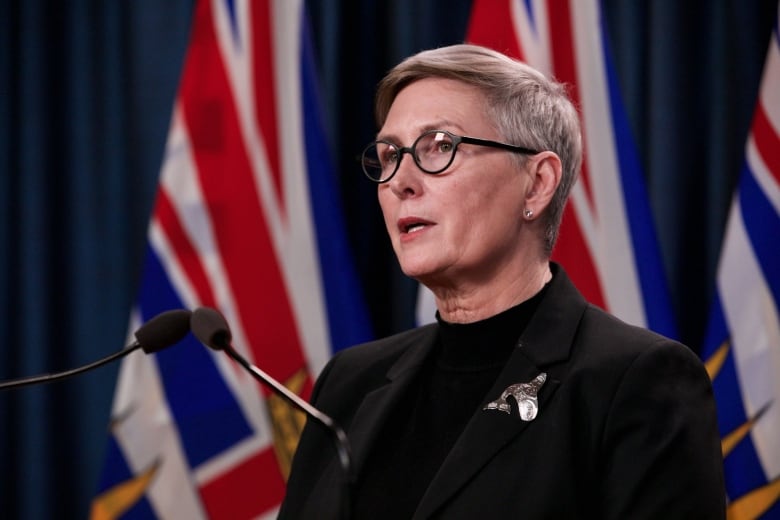
Blackstock said it’s telling that this is the only defence being offered for Turpel-Lafond’s ancestry claim.
“The only Indigenous identity claim comes from being a member of her husband’s community and that doesn’t make you Indigenous,” she said.
No Norway House connection
Furthermore, Blackstock points out that according to Turpel-Lafond, she is originally from the Norway House Cree Nation in Manitoba. In fact, Turpel-Lafond has claimed that’s where she was born.
Mary-Ellen Turpel-Lafond tells CBC’s The Current that she was born in Norway House.
The Norway House membership clerk told CBC that there is no record of any Turpel having been on the membership list.
And former Norway House chief Ron Evans told CBC he grew up in Norway House and never saw Turpel-Lafond or her family in the community.
Blackstock said she knows Ron Evans and Norway House well. She worked with him to advocate for Jordan’s Principle, which was named after Jordan River Anderson from Norway House. That principle says any service ordinarily accessible to non-Indigenous children should also be provided to Indigenous children without delay.
“I’ve often heard how proud they are of their nation members, including Jordan River Anderson… amazing people like Tina Keeper,” she said. “I’ve never heard any conversation regarding Mary Ellen when I’ve been up there. So that also carries a lot of weight.”
Blackstock said she has no doubt that Turpel-Lafond’s claim to Indigenous ancestry propelled her impressive career. As an example, Blackstock pointed to how in 1994, Time magazine recognized Turpel-Lafond as one of the top 100 global leaders of tomorrow alongside the likes of Bill Gates.
She said Turpel-Lafond’s career accomplishments at that point had “added credibility because of her claims of being an Indigenous person herself.”
“The story was, as an Indigenous person, look at this significant amount of accomplishment,” said Blackstock.
Blackstock noted that if Turpel-Lafond had truly grown up in deep dysfunction as an Indigenous person on reserve, as she had claimed, her career trajectory would certainly be worthy of that sort or recognition, because First Nations people have “been served up the residential schools and colonialism and all these other kind of curveballs by the government that really kept us out of those academic spaces for far too long.”
Blackstock noted that Turpel-Lafond is still employed at the University of British Columbia as a law professor. She also pointed out that she has received many honorary degrees from universities across the country.
She said if these institutions granted honours or positions to Turpel-Lafond in part based on her claim to Indigenous ancestry, then these institutions are justified in asking her for proof.
“If that [ancestry] claim is being used as currency to gain you personal benefit or opportunity that you otherwise would not have had … then those are proper questions to ask and we [Indigenous people] should be prepared to answer them.”
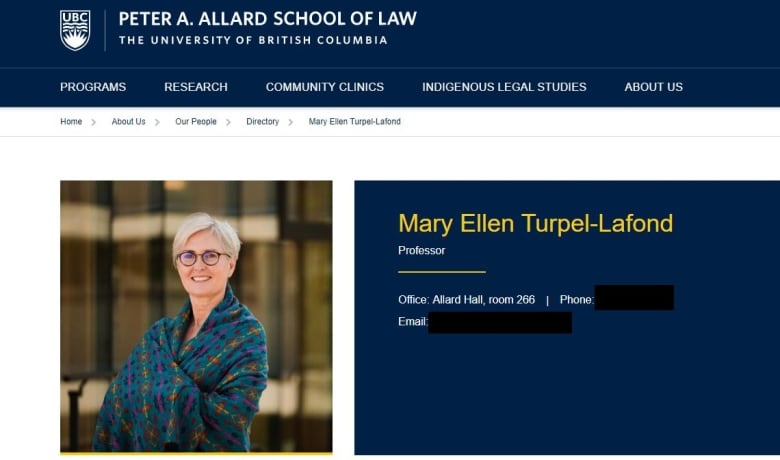
Many Indigenous people have legitimately been displaced
Blackstock said in her view, one of the greatest harms caused by the proliferation of these cases of “pretend Indians” is the effect it’s having on genuine Indigenous people who have been disconnected from their roots and communities.
“I just really hope that these individuals who are making claims that are false are separated clearly from those individuals who are on a legitimate journey to try and reclaim what is rightfully theirs,” Blackstock said.
She said in her work with Indigenous young people, she comes across many who were adopted out or somehow lost touch with their birth family.
Blackstock said reconnecting and trying to figure out how all the pieces fit together can be very challenging.
“They’ve gone through the in-care experience, they may have been through multiple [foster care] placements and they’re looking through their child-in-care file and they’re trying to find out where they belong. What First Nation were they from? Who were their parents? What is their story?”
She said this work is made more difficult by the uncertainty cast by stories about pretenders with no legitimate claim to Indigenous ancestry.
She noted that disconnected young people have lower self-confidence and are more susceptible to addictions and mental health issues.
“So if you have one of those people in your circle, really encourage them to continue that journey,” said Blackstock.
